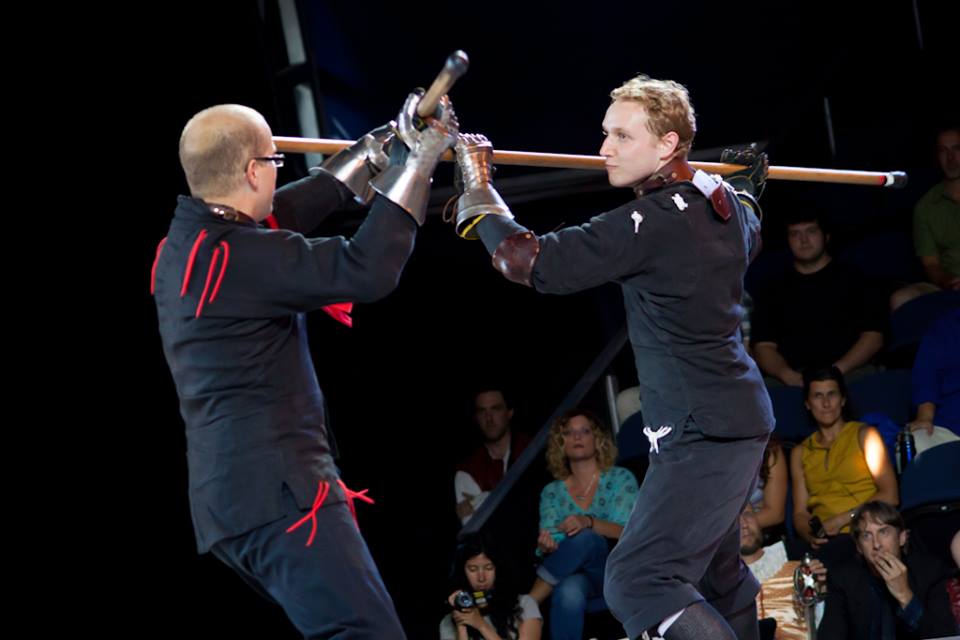Why go Slow?
I have written several posts on the merits of “slow work”, which is the act of fencing at a slow and consistent speed. In summary, slow fencing gives you the opportunity to be more observant of the tactical environment. From this state of greater observance you can move more easily in time with your partner (the desire of all full speed combat), develop your strategic and tactical decision making, and become aware of fundamental corrections you need to make in an environment where you can respond on a thoughtful level versus just reacting on an instinctive level.
Spikes in Speed or Strength? Solution: Go Smooth and Soft
When students are first learning to use slow work, one of the biggest challenges is maintaining a consistent speed and not spiking up to a much higher speed when you’re about to be struck or there’s an opening to exploit. Changing speeds rapidly gives you a false sense of what is possible in combat -- if you’re already going at full speed there’s no capacity to go at an even greater speed. You want to limit sudden changes in speed because the goal is tactical conditioning and you don’t want to start choosing a response that won’t work when speeds increase.
Another way that students often spike in slow work is in their strength. For instance, when coming to an even bind of blades, both sides can increase their strength in an effort to overcome the other. Alternately, when entering to grapple, both sides can begin to wrestle over a disarm or fight back and forth with strength in the setup to a throw. The problem with this increase of strength and pressure is not only that it’s not accurate to the speed environment — as soon as you add velocity to a situation the capacity to wrestle changes significantly -- but it also:
1. distracts you from finding the easier, and more effective, answer, and
2. leads to a greater potential for strain and injury.
On number 1: a good throw, disarm or response to a bind uses structure, position, and timing to be successful, not strength. I want to be a great swordsman when I’m 80, not just in my younger life. That requires that I learn to feel situations and seek the easy road, the flowing road, not simply try to bull my way through with strength and youthful vigour. Soft work helps emphasize this approach. Instead of spiking and hardening the goal is to feel, reposition, and respond. Through this you can develop technique that is much harder to overcome with strength.
On number 2: one thing that slow and soft work gives us is the capacity to train our minds and our bodies together for an extended period of time. If you do every part of your training with maximal strength you’re going to strain your tendons very quickly and put yourself in positions where you’re receiving much harder impacts. Both of these things will at best tire you out faster and at worst put you on the injured list. Save your hard and fast work for specific times in your week or month, don’t burn your body out trying to misapply them on a daily basis.
There are many tools that can be employed in the pursuit of effective martial arts practice. Make sure you understand the ones you are using and that you are applying them appropriately. Slow work with an aim toward receptive and flowing movement should be a central part of your long-term practice.
